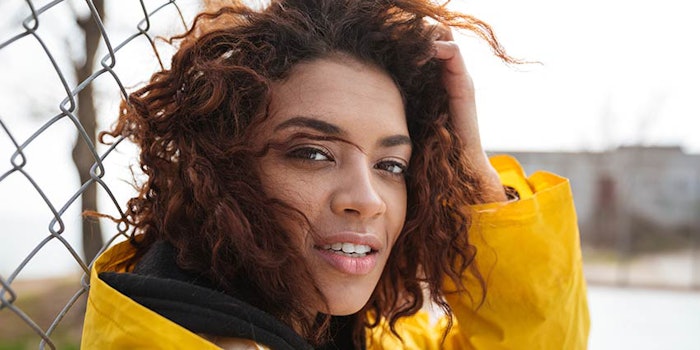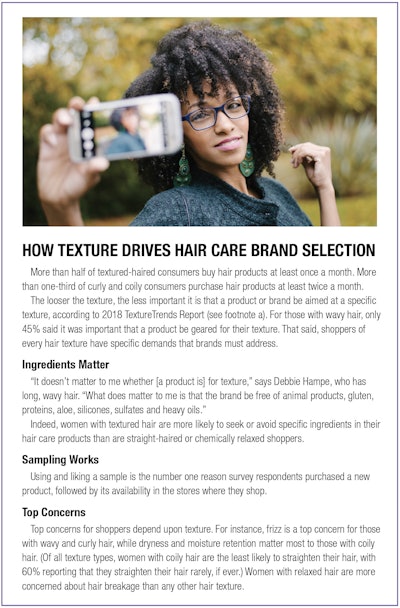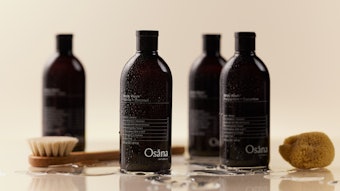
To receive the full article, coming in the April 2019 issue, including insights into how texture drives brand selection, subscribe for free at www.gcimagazine.com/magazine.
When Su Joing Sollers shops for her hair products at the drug store, she looks for products that are labeled for curl or texture.
“I limit my shopping based on those two words,” says Sollers, who purchases three to five products each month for her long, 3b curls.
Sollers is not alone among textured-haired women. More than 80% of women with curly and coily hair say they purchase products specifically for textured hair rather than general market products, according to the 2018 TextureTrends Reporta from NaturallyCurly.
However, many of these consumers are vastly under-served in-store.
Booming Textured Hair Care Demand
An estimated 65% of the U.S. population has textured hair, which includes those with curly, coily or wavy hair, with a growing percentage of textured-haired women embracing their natural hair.
Brown says that she recently evaluated 275 new SKUs to fill the 4-ft shelf space of one large drugstore chain.
Recently, the number of textured-haired products for consumers like Sollers has soared, with hundreds of new SKUs launching every year. In addition to niche brands like Mielle, Curls and The Mane Choice—which developed specifically for textured-haired women—there has also been a push by general market brands like Head & Shoulders, Tresemme and Pantene to get their textured-hair SKUs into texture planograms at retailers.
Shelf Squeeze is a Missed Opportunity
But less than 20% of the hair care shelf space at most food, drug and mass retailers is dedicated to products for texture, according to Lisa Brown, president of Lolique, a multicultural retail consulting firm.
To illustrate, Brown says that she recently evaluated 275 new SKUs to fill the 4-ft shelf space of one large drugstore chain. In contrast, an average of 16 ft is typically dedicated to general market SKUs in the same retailer.
“If you don’t have the space allocated to it, there’s only so much product you’re going to sell.” - Lisa Brown, Lolique
Rather than texture brands being integrated throughout the aisles, brands all are vying for a place within this one textured-hair section. Brown called the shelving restrictions a “reverse Break the Walls” phenomenon, referring to the groundbreaking SheaMoisture ad campaign that promoted a more inclusive, less ethnically segregated shopping experience.
This is a missed opportunity for retailers, says Brown: “If you don’t have the space allocated to it, there’s only so much product you’re going to sell.”
How Much Are Brands & Retailers Missing?
It makes business sense for brands—and therefore retailers—to allocate more space to textured-hair products. Textured-haired consumers spend considerably more than their straight-haired (naturally straight and those with chemically relaxed hairb) counterparts—an average of $205 a year, versus $130 a year, according to the 2018 TextureTrends Report.
Among all curl types, curly consumers spend the most, $247 per year. That’s 78% more than their straight-haired counterparts.
Footnotes
aThe report surveyed 2,000 consumers of all texture types, including consumers with naturally straight hair and those who chemical relax. The report explores many areas of purchasing behavior and product usage, including awareness, spend, retail preferences and brand loyalty.
bWith an average annual spend of $120 a year, those who chemically relax their hair spend the least of all textures.











